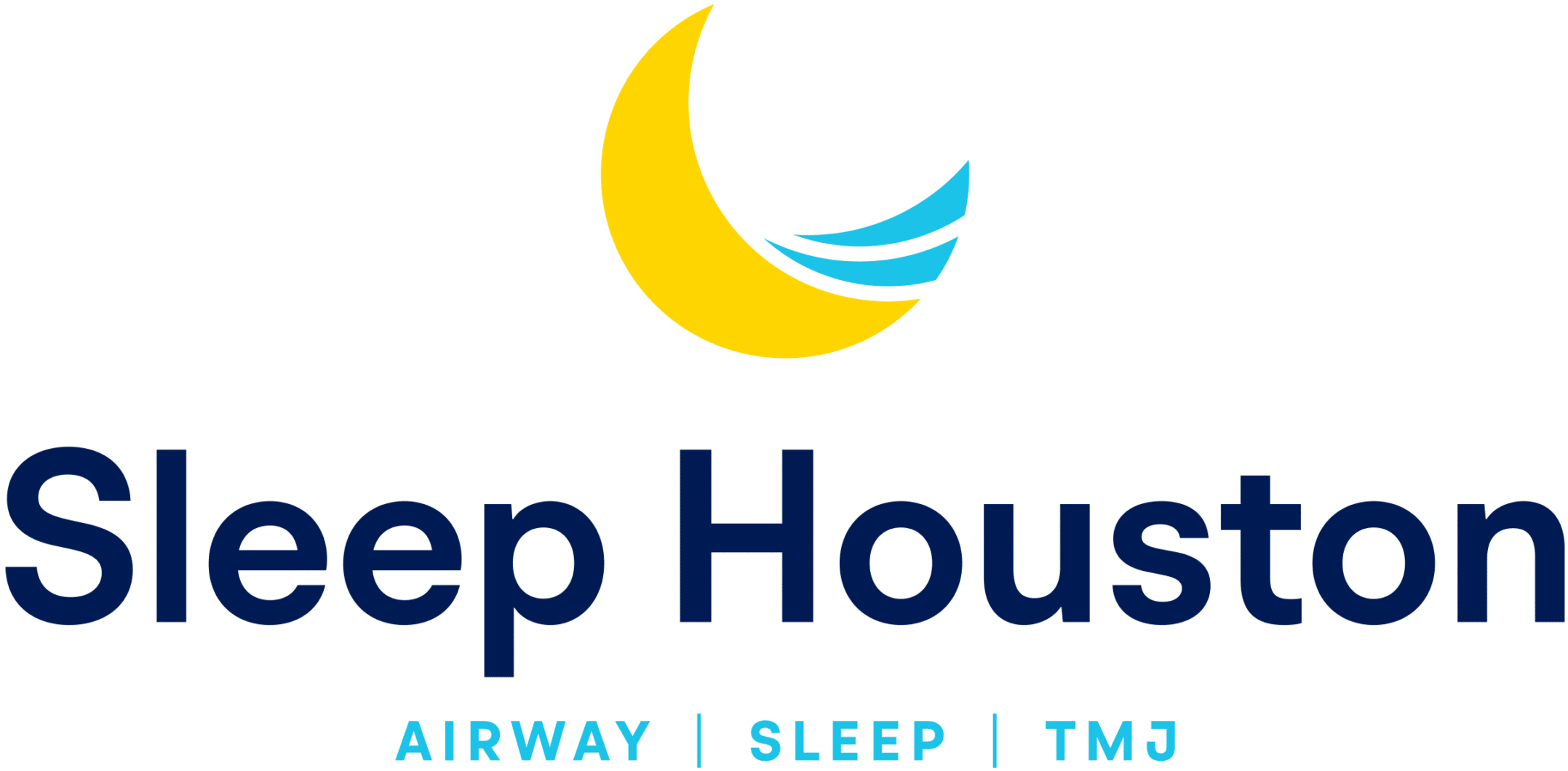
What Is Obstructive Sleep Apnea?
Obstructive sleep apnea (OSA) is a common condition, which happens when your throat muscles relax too much when you are sleeping. The more relaxed they are, the more prominent the blockages in your nose, mouth, and throat can become. The symptoms of OSA can range from minor snoring and grunting to pauses in breathing and gasping for breath. Patients often feel like they have less energy, less stamina, and less mental focus.
OSA can occur in anyone, no matter how healthy they are. In some cases, OSA may be genetic. If you were born with any anomaly in your facial structure, this can impact how you breathe at night. For other people, their muscles may simply be more prone to relaxing when they’re asleep.
However, OSA is more likely to occur in people who are overweight, as the larger tissues can expand and cause a blockage, or in people who smoke because it inflames and disrupts muscle functionality.
So What Exactly Happens During an OSA Episode?
When there is an obstructive sleep apneic event, breathing stops. In just a few seconds, your blood oxygen levels begin to go down, and your carbon dioxide levels start to go up. The first physiological response from your brain is that it senses this and attempts to get more blood to your system by increasing your heart rate significantly, which in turn causes an increase in blood pressure.
Some patients may begin to clench their teeth together as the muscles try to open the airway. Oxygen levels continue to decrease, and at some point, the brain figures out there is an obstruction, and the patient will gasp or cough to clear the obstruction until the next apneic event occurs. Some patients can cycle through over a hundred different events in one night.
The end result is the patient awakens the next morning thinking that they’ve slept for eight hours, but in fact, they have been in an oxygen-depleted and fractured sleep pattern that never allows them to enter the deeper zones of sleep where all the magic happens. That magic in deep sleep is when your neurotransmitters are replenished, your hormonal system gets balanced, and your immune system gets bolstered. When this occurs repeatedly over time, health and well-being issues are compromised, and patients start to feel their vitality slip away and discount it as a fact of aging.
What Are the Symptoms of Sleep Apnea Besides Snoring?
It is not always easy to diagnose your sleep apnea. If you snore, that doesn’t necessarily mean you have OSA, even if it’s one of the most common symptoms. In addition, unless you live with someone else or record yourself while you’re asleep, you may not even realize that you are snoring throughout the night.
We will look at some of the most common symptoms to help you understand whether you have the condition:
- Restlessness: If you’re constantly restless or tired during the day, you may be experiencing OSA that keeps you from getting real rest.
- Dry mouth/sore throat: If you’re constantly waking with a dry mouth or sore throat that goes away during the day, it may be because there’s not enough room for air to flow at night.
- High blood pressure: Poor sleep and stress can go hand in hand. If your blood pressure is on the rise without any other explanation, it may be due to obstructive sleep apnea.
- Headaches: Ongoing headaches may be a result of air deprivation at night. It’s important for your brain to get enough oxygen at all hours of the day to avoid blood vessel constriction.
Sleep apnea is not always a severe condition, and the symptoms are more common to be irritating rather than life-threatening. However, it’s also important to address sleep apnea sooner rather than later, or the symptoms could potentially get worse.
Obstructive Sleep Apnea Treatment - The Good News!
Obstructive sleep apnea can be reversed by getting oxygen to the brain and re-establishing the deep sleep we all need to be healthy.
That is done by making sure air is getting into your lungs through your airway without interruption. There are two ways to do this:
- A CPAP (continuous positive air pressure) machine forces air into your airway using compressed air. Many patients cannot use this system because it is very uncomfortable and hard to get used to.
- Specialized FDA-approved oral appliances can be use to position your lower jaw forward and down to naturally open the airway and keep the airway from collapsing. Patients find oral appliances both comfortable and effective in treating OSA as an alternative to CPAP machines.
Come see us for a consultation to see if an oral appliance will work in your situation. We can tell with a free 90-second test to determine if an appliance will work in your situation: 713-828-8587.
Schedule an Appointment
If you suspect you have OSA or would like to learn more about OSA and its treatment, contact us at 713-828-8587 today.

